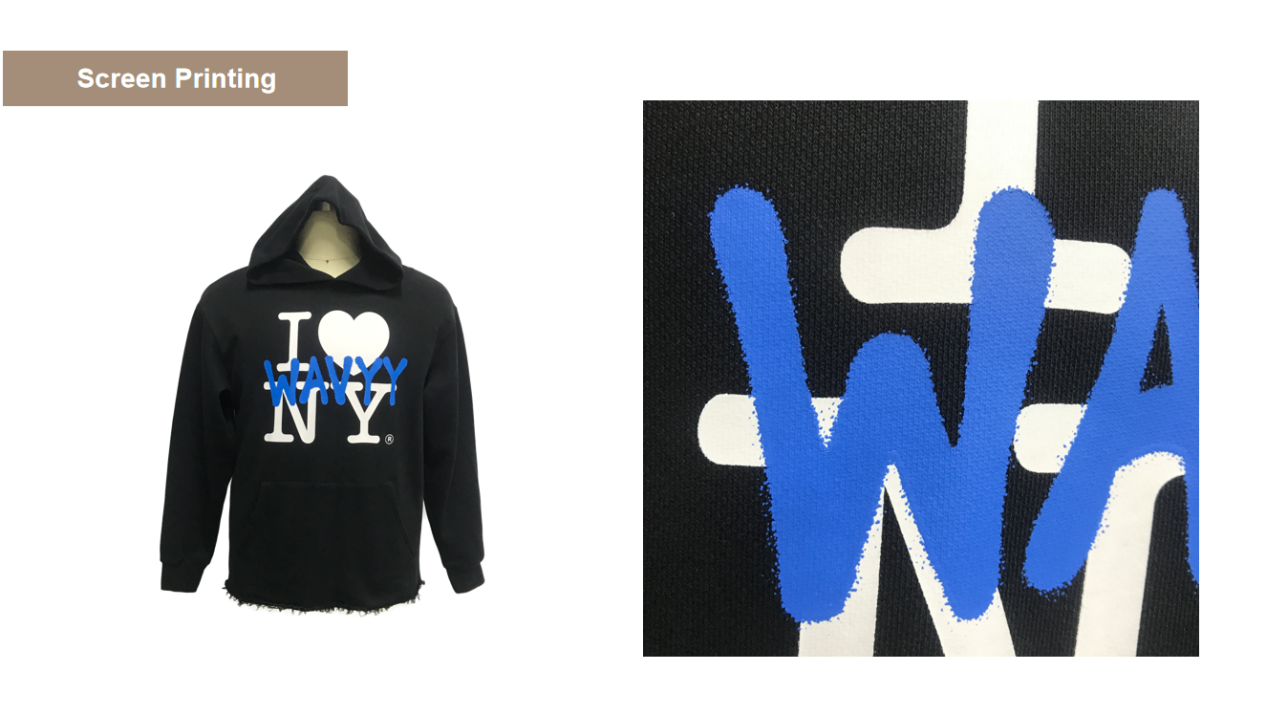Every garment has a story, but few carry it as personally as a custom-made sweatshirt. Unlike mass-produced fashion, a customized piece begins not with a production line, but with an idea—an image in someone’s mind, a memory, or a message worth sharing. What follows is a journey that blends creativity with craftsmanship, until the design finally rests in your hands as a finished piece of wearable art.
A Spark Becomes a Concept
The process often begins in the quietest of moments: sketching on a notebook corner, collecting images on a phone, or being inspired by a fleeting moment on the street. For some, it’s about commemorating a milestone—a graduation, a team victory, or a family reunion. For others, it’s about translating personal identity into something tangible, a piece that says this is who I am.
Unlike ready-to-wear fashion, the emotional connection is built from the start. That spark—whether drawn from nostalgia, social causes, or pure aesthetic vision—becomes the heartbeat of the project.
Translating Vision into Design
Once the idea feels strong enough, it needs form. Some designers prefer traditional pencil sketches, others open up digital tools like Illustrator, Procreate, or even mood-board apps. This stage is less about perfection and more about exploring possibilities: how big should the graphic sit on the chest, how might the colors interact, would it look better embroidered or printed?
Often, multiple drafts are created and discarded before one design feels “right.” This is the point where imagination begins to look like something that could live on fabric.
Choosing the Right Canvas
The sweatshirt itself is as important as the artwork. Cotton fleece offers warmth and softness, while blends provide durability and structure. Organic fabrics appeal to those who value sustainability. Style decisions also matter: a zip-up hoodie suggests versatility, a crewneck leans casual, and an oversized fit instantly feels streetwear-inspired.
This stage is tactile. Designers spend time touching fabrics, stretching seams, and testing weights to make sure the garment feels as good as it looks. The sweatshirt is not just a background—it’s part of the final identity.
Craftsmanship in Technique
Design on paper is only half the story. The method of bringing it to life defines the result.
Embroidery gives texture, depth, and a handcrafted finish—perfect for logos, initials, or intricate linework.
Screen printing delivers bold, lasting graphics with rich color saturation.
Direct-to-garment printing allows photographic detail and limitless palettes.
Appliqué or patchwork adds dimension, making each piece look one-of-a-kind.
The decision here is both artistic and practical: how will the piece age, how will it be washed, and what feeling should the final surface evoke under the fingertips?
Mockups and Refinement
Before any fabric is cut or stitched, designers build mockups. Digital previews on flat templates or 3D models allow adjustments: Should the artwork sit two inches higher? Does the shade of blue feel too dark against heather gray?
This step prevents surprises later. It is also where clients often first see their imagination come to life. A single adjustment in scale or placement can completely change the tone of the final product.
From Prototype to Perfection
A sample piece is then produced. This is a moment of truth—holding the sweatshirt for the first time, feeling the weight, checking the stitching, and seeing the design in real light rather than on a screen.
Corrections are common. Sometimes the ink isn’t bold enough, sometimes the fabric absorbs color differently than expected. Adjustments ensure the final version meets both creative vision and quality standards.
Production and Delivery
Once approved, production begins. Depending on the scale, this might mean a small local workshop carefully embroidering each piece by hand, or a print-on-demand partner handling orders one by one for global customers.
Regardless of method, this stage carries a sense of anticipation. Each sweatshirt leaves the maker’s hands not just as apparel, but as a small piece of storytelling ready to be worn.
Beyond Fabric: The Story Lives On
What makes a custom sweatshirt powerful is not only the design, but the story it carries forward. A hoodie printed for a charity event sparks conversations about its cause. A sweatshirt gifted to employees becomes a badge of belonging. A piece made in memory of a loved one holds sentimental value far beyond its threads.
When worn, it connects the creator and the wearer, turning fabric into a symbol of identity, community, and memory.
Conclusion
The path from an idea to a finished sweatshirt is rarely linear. It is a cycle of imagination, testing, refining, and finally celebrating. More than a product, each custom sweatshirt is a collaboration between creativity and craftsmanship, between vision and material.
For a brand, sharing this journey matters. It shows customers that what they wear is not just designed but thoughtfully made—an artistic process that transforms a fleeting thought into a lasting, tangible story.
Post time: Oct-14-2025











